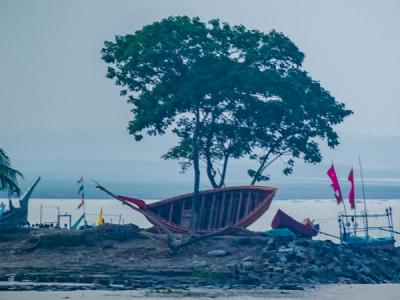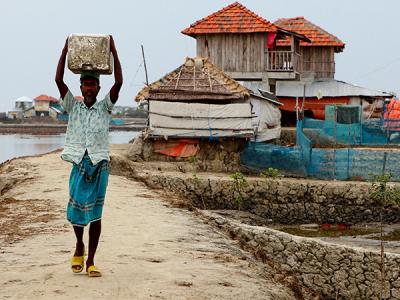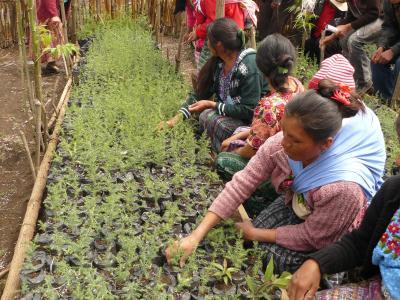Bangladesh remains one of the world’s poorest and most densely populated countries despite its considerable development gains in the past several decades, including in the areas of gender parity, education, and infant and maternal health (MEF, 2009). Low economic strength, inadequate infrastructure, low level of social development, lack of institutional capacity, and a higher dependency on the natural resource base makes Bangladesh particularly vulnerable to climate stimuli (including both variability as well as extreme events). Recognizing these vulnerabilities, Bangladesh has developed many adaptation measures to address adverse effects of climate change based on existing coping mechanisms and practices.
Bangladesh, except for the hilly regions in the northeast and southeast and terrace land in northwest and central zones, is one of the largest deltas in the world, formed by the dense network of the distributaries of the mighty rivers namely the Ganges, the Brahmaputra and the Meghna. The country is located between 20°34’ to 26°38’ north latitude and 88°01’ to 92°42’ east longitude. The total land area is 147,570 sq. km. and consists mostly of low and flat land. A network of more than 230 major rivers with their tributaries and distributaries crisscross the country. It has a population of about 131 million (BBS, 2002) with very low per capita Gross Domestic Product (GDP) of US$ 351 per annum (UNDP, 2004). Of this, just about a quarter was in the urban areas including the metropolitan cities . The country’s economy is primarily agricultural, and the majority of the population depends on agriculture for their livelihoods(USDS, 2010). The country’s main crops are rice and jute, along with maize, vegetables and tea.
Population of the country has been growing fast in the sixties and the seventies. The inter-census growth rates had been rising and then falling over the last four decades or so. The falling population growth rate had been possible due to a sharp decline in the total fertility rate which had fallen from 6.3 per woman of reproductive age (15-49) in 1975 to 3.0 by 2004 (NIPORT and Mitra and Associate: 2005). For the future under the assumed rates for this report, the expected population for the year 2030 is 186 million, 61 million in the urban and the rest 125 million in the rural areas. Most people, live in the rural areas. On the other hand, urbanization is growing fast in the country. Between 1961 and 1974, the rate of growth in urban population had been 6.7 % per annum. Between 1974 and 1981 it shot up further to 10.7 % per annum. Since then the rate has fallen, but between 1991 and 2001 it was 3.15 % which is just double the rate of overall population growth. The following section is found in the Meister Consultants Group study: *Floating Houses and Mosquito Nets: Emerging Climate Change Adaptation Strategies Around the World*











